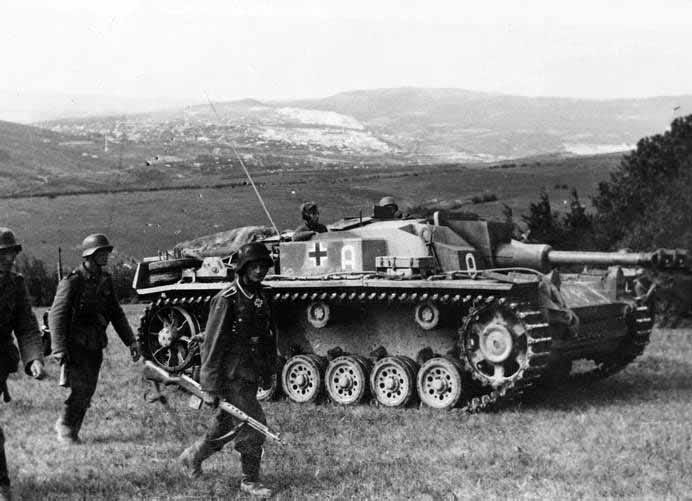Trench warfare in the Caucasus
21st December 1942: A veteran of the First World War finds that little has changed on the front line - as the infantry suffer daily under artillery fire


German officer Ernst Junger had been highly decorated for his combat leadership during the First World War. His graphic account of trench warfare ‘In Storms of Steel’1 was highly acclaimed when published in 1922 and has been translated into many languages.

Now he was serving in occupied Paris. In October 1942 he had been ordered to make a tour of the German frontline in the Caucasus, and had been unable to find an excuse to avoid the assignment.
The 21st December 19422 found him visiting the furthest extremity of the Nazi invasion of Soviet Russia, over two thousand miles from Germany. The German push into the Caucasus had long since fizzled out and had become static trench warfare.
The commander was fatigued, unshaven, looking like someone who I had tossed and turned all night. He had been jumping from tree to tree in the dark, sodden forest, waiting for an attack while the rocket launchers churned up the dirt and ripped down the treetops.
Junger was struck by the similarities to the First World War. This conflict seemed to be just another episode in a series of conflicts through the twentieth century or even before:
Visited the battalion commander, Captain Sperling, in his shelter framed in oak timbers. Rougher tree trunks supported the ceiling. Two crude cots, shelves on the walls with canned goods on them, as well as cooking utensils, weapons, blankets, field glasses.


